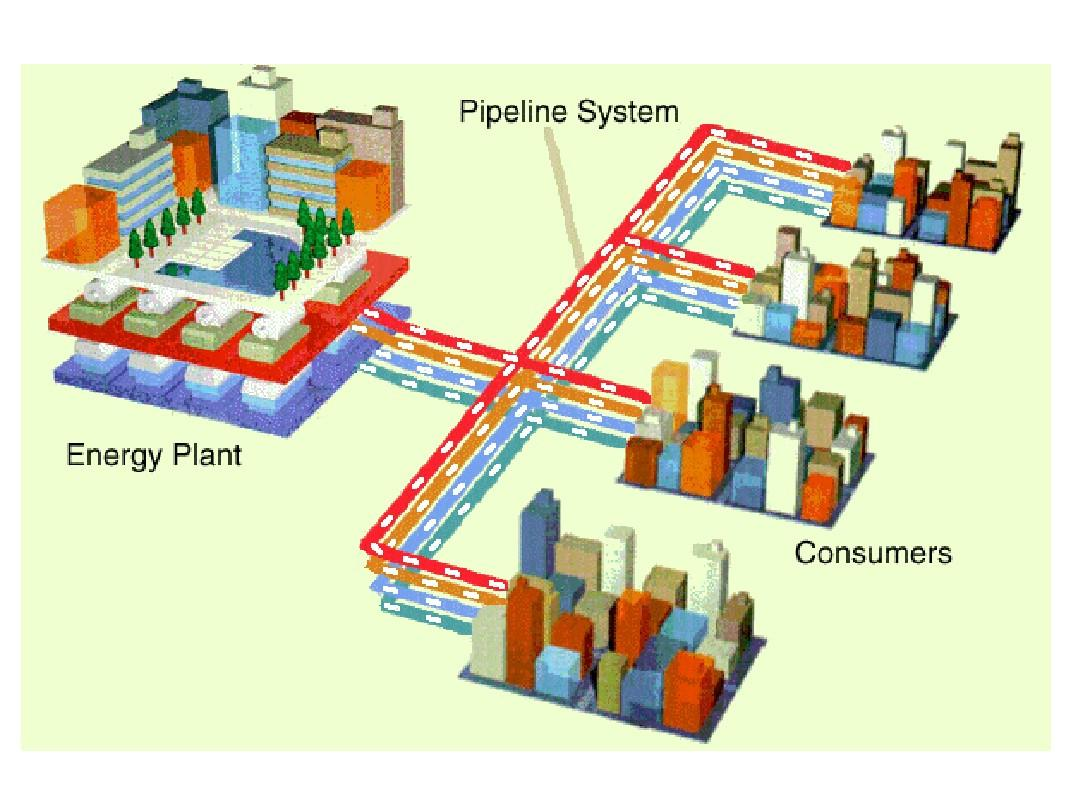
1 月 . 03, 2024 15:55 Back to list
Smart Grid Systems
Experts are increasingly concerned about the vulnerability of the grid energy storage system, which can be disrupted by natural disasters or targeted physical or cyber-attacks. These interruptions not only inconvenience customers but can also cut people off from critical services that impact their health and well-being. In response to this challenge, new grid energy storage systems, such as microgrids, have emerged as a solution. Microgrids are localized grids that can operate autonomously, whether connected to the traditional grid or supporting remote and isolated communities. The Office of Electricity (OE) recognizes the importance of these advancements and supports critical grid energy storage system research to strengthen grid resilience, mitigate disturbances, and integrate renewable energy and distributed energy resources.
Microgrids play a vital role in strengthening grid resilience and mitigating disturbances by operating autonomously and locally. When the main grid goes down, microgrids can continue to function, providing power to critical infrastructure and essential services. Additionally, microgrids can act as a grid resource, enabling faster system response and recovery. These capabilities make microgrids a valuable asset in maintaining a reliable and resilient grid energy storage system.
Another advantage of microgrids energy storage is their ability to adapt to the growing deployment of renewables, such as solar farms and electric vehicles. By using local sources of energy to serve local loads, microgrids reduce energy losses in transmission and distribution, thereby increasing the overall efficiency of the electric delivery system. This flexibility and efficiency contribute to the sustainable transformation of the grid, aligning with the goals of decarbonization and affordability.

The Office of Electricity aims to make energy storage microgrids an essential building block of the future electricity delivery system by 2035. This transformative goal aligns with the need for a resilient, decarbonized, and affordable energy storage infrastructure. To achieve this vision, the OE will focus on developing and validating tools, methods, and technologies in strategic research and development areas. These areas include reducing the time and cost needed for microgrid deployment, establishing microgrids as a building block for future grids, advancing microgrid control and protection, integrating models and tools for microgrid planning, and enabling regulatory and business models for broad microgrid deployment.
One critical aspect of microgrid development is reducing the time and cost required for deployment. By streamlining the process, microgrids can be implemented more efficiently, allowing for a quicker transition to a more resilient grid energy storage system. Additionally, establishing microgrids as a fundamental component of future grids enables better monitoring, control, and optimization of large-scale grids. This integration of microgrids improves system performance, resilience, and reliability.
To adapt to changing grid conditions and protect the system and its customers, advanced microgrid control and protection techniques are crucial. By developing these capabilities, energy storage microgrids can respond effectively to grid disturbances and ensure the stability of the overall system. Integrating models and tools for microgrid planning, design, and operations is another area of focus. By combining new and existing capabilities, energy storage microgrids can meet performance metrics and requirements more efficiently, contributing to the overall success of the grid energy storage system.
Furthermore, simulating the impact and benefits of microgrids on transmission and distribution is vital for understanding their value. Co-simulation techniques can identify the advantages and opportunities energy storage microgrids offer, enabling informed decision-making and investment in this technology. Finally, enabling regulatory and business models for broad microgrid deployment is necessary to drive private sector, utility, community, and state investment in energy storage microgrid projects. Creating a favorable regulatory framework will incentivize the adoption and expansion of microgrids, fostering their widespread implementation.
To support its vision and accomplish its goals, the DOE Microgrid Program Strategy was initiated in December 2020. Through the development of strategic white papers, microgrid experts identified key areas of focus for impactful results in the next 5 to 10 years. These areas include reliability, resilience, decarbonization, and affordability. The Office of Electricity Microgrid R&D program is taking a comprehensive approach to improve grid reliability and resiliency, prepare communities for future weather events, and propel the nation toward a cleaner energy future. By investing in affordable and equitable microgrids, the OE is laying the foundation for a more sustainable and robust grid energy storage system.
Related products:
Electrochemical energy storage FlexPIus-EN-512
Will be removed if infringing
Reference website:https://www.energy.gov
-
Unraveling the Power of EMS Energy Management Systems
NewsOct.23,2024
-
Unleashing the Potential of Power System Management and Smart Energy Solutions
NewsOct.23,2024
-
Smart Energy Mastery: Unleashing the Power of Controls
NewsOct.23,2024
-
Smart Energy Management: Unleashing the Power of Energy Management Systems and BMS Energy
NewsOct.23,2024
-
Powering Progress: ADMS, Intelligent Management & More
NewsOct.23,2024
-
Energizing the Future: Devices, Smart Management & Savings
NewsOct.23,2024


